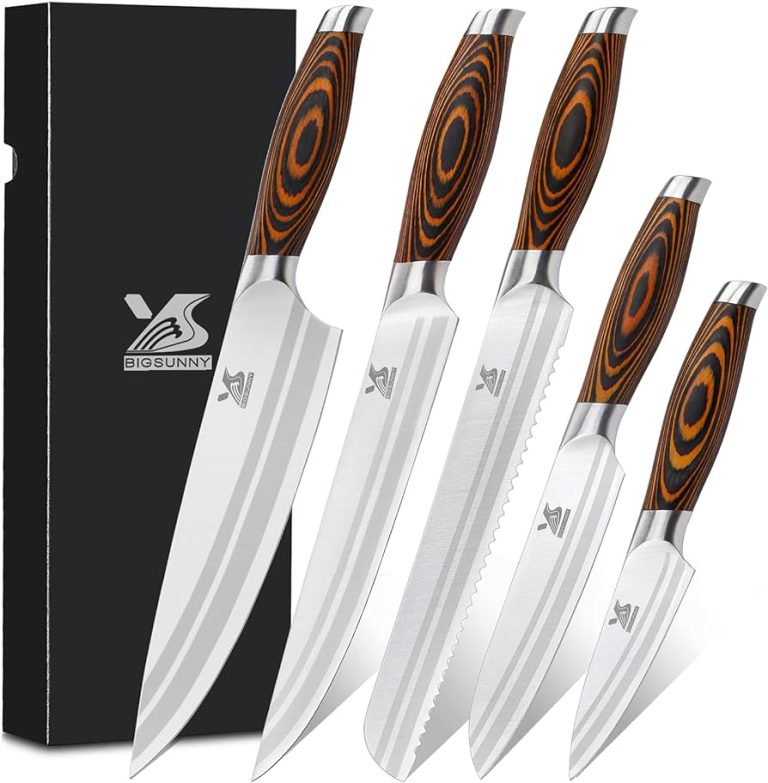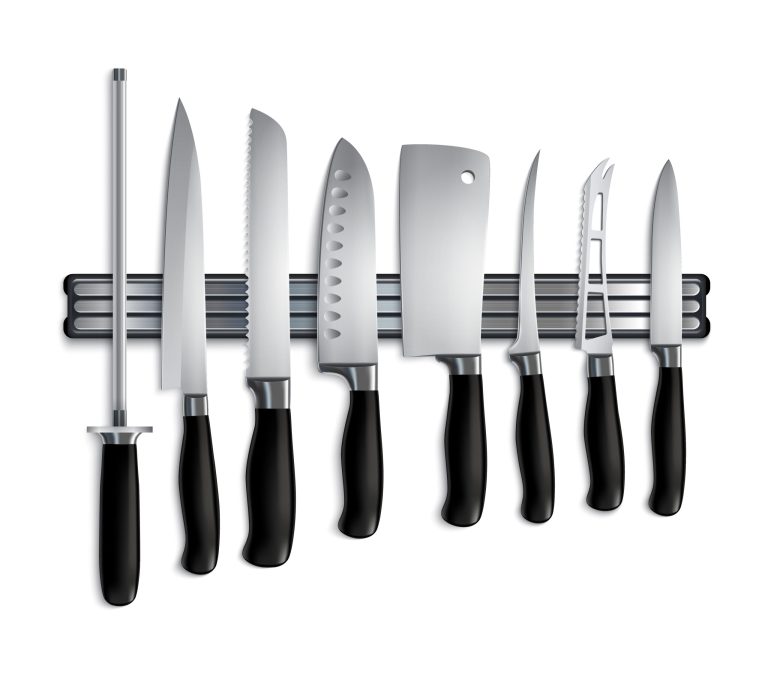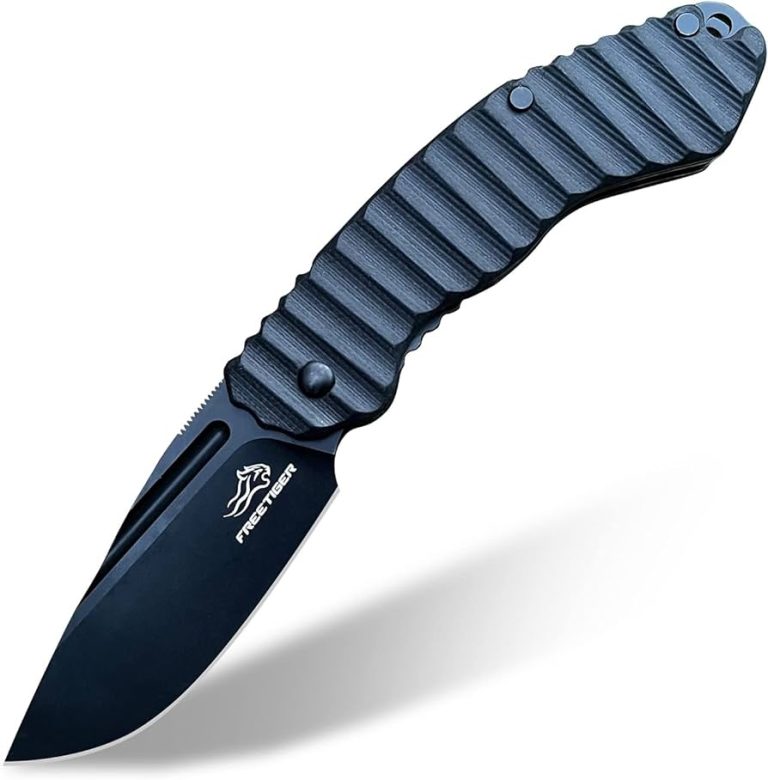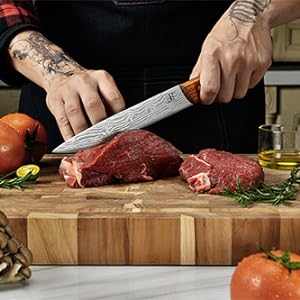Skinning And Gutting: Using Your Hunting Knife Like a Pro
Skinning and gutting like a pro with your hunting knife requires precision and technique. We will explore the ins and outs of effectively using your hunting knife for the task, ensuring a successful and efficient process.
Learn the essential steps and tips to streamline your skinning and gutting process, enhancing your hunting experience and yielding high-quality results. Whether you’re a seasoned hunter or a beginner, mastering these skills will undoubtedly elevate your game and make the most of your harvest.
Get ready to become a proficient hunter and make the most of your next hunting expedition with these expert insights on skinning and gutting.
Choosing The Right Hunting Knife For Skinning And Gutting
Finding the perfect hunting knife for skinning and gutting is crucial for any outdoor enthusiast. When choosing a hunting knife, there are several factors that need to be considered. One important factor is finding the right balance between blade length and handle. A knife with a longer blade provides better reach and is ideal for larger game, while a shorter blade allows for more precision and control when working on smaller animals.
Another factor to evaluate is the type of blade material. There are various options available, including stainless steel, carbon steel, and high-carbon stainless steel. Stainless steel blades are resistant to rust and require less maintenance, but they can be more prone to dulling. Carbon steel blades are known for their durability and sharpness, but they need regular maintenance to prevent rust. High-carbon stainless steel offers a combination of both qualities, providing a balance between sharpness and corrosion resistance.
By considering these factors and finding the right balance between blade length and handle, as well as selecting the appropriate blade material, you can ensure that you have a hunting knife that meets your specific needs for skinning and gutting.
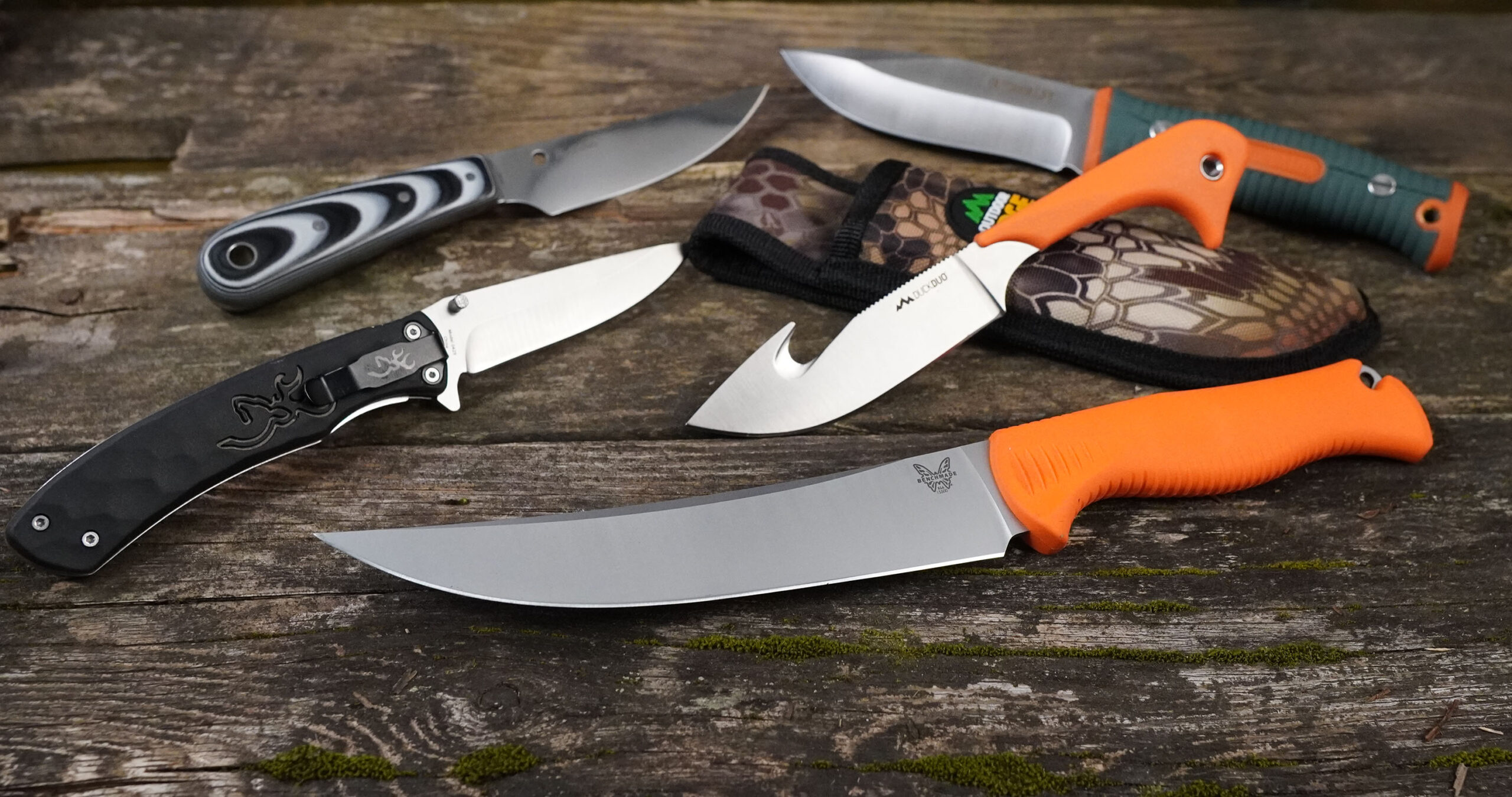
Credit: www.outdoorlife.com
Proper Techniques For Skinning Game
Understanding the anatomy and structure of the animal is crucial when it comes to properly skinning game. Initiating the skinning process with precision and care is essential for a successful outcome. By using your hunting knife like a pro, you can efficiently and effectively remove the hide. Paying attention to the specific contours and joints of the animal’s body will help you navigate through the skinning process smoothly.
Mastering Gutting Techniques For Different Game
Mastering Gutting Techniques for Different Game
The importance of proper gutting cannot be emphasized enough when it comes to preserving the quality of the meat you’ve hunted. Whether you’re dealing with small game like rabbits and squirrels or larger game like deer and elk, following the right techniques is crucial.
For small game, such as rabbits and squirrels, it’s essential to start by skin and dressing method. Begin by making a small incision around the anus, careful not to puncture the intestines. From there, work your way up, removing the skin and exposing the abdomen. Sever the diaphragm and pull down to remove the entrails, being cautious not to rupture the bladder or intestines.
When it comes to larger game like deer and elk, field dressing is the primary technique. Begin by locating the sternum and making a small cut. From there, carefully split the hide along the abdomen, being cautious not to pierce the intestines. Continue to pull away the organs, being mindful of the bladder and intestines, until the chest cavity is empty.
| Small Game (e.g., rabbits and squirrels) | Larger Game (e.g., deer and elk) |
|---|---|
|
|
Maintaining And Sharpening Your Hunting Knife
Proper maintenance and sharpening of your hunting knife is crucial for optimal performance and longevity. Regular cleaning and storage of your knife after each use is important to prevent rust and corrosion. Make sure to clean it with warm soapy water, dry it thoroughly, and apply a light coat of oil to protect the blade.
When it comes to sharpening your knife, there are a few tips to keep in mind. Invest in a high-quality sharpening stone or honing rod to maintain a razor-sharp edge. Start by positioning the knife at a 20-degree angle and slowly run it along the stone in a sweeping motion. Repeat this process on both sides of the blade, alternating until you achieve the desired sharpness.
Remember to always sharpen your knife before each hunting season and periodically throughout the year to maintain its effectiveness. With proper maintenance and sharpening, your hunting knife will stay in top condition and serve you well on your hunting expeditions.
Safety Practices During Skinning And Gutting
Safety Practices during Skinning and Gutting:
When it comes to skinning and gutting game, safety should be your top priority. Proper hand positioning and grip are essential to prevent accidents. Make sure to wear essential safety equipment, such as gloves, to protect your hands from cuts and infections. Avoid contamination and ensure food safety by cleaning your tools and work area properly. Dispose of waste responsibly and wash your hands thoroughly after handling raw meat. Remember to maintain a sharp hunting knife, as a dull blade can pose more danger. Always pay attention to the task at hand and stay focused to avoid injuries. By following these safety practices, you can use your hunting knife like a pro while minimizing the risks involved.
Advanced Skinning And Gutting Tips
Advanced Skinning and Gutting Tips:
Mastering the art of skinning and gutting is essential for any seasoned hunter. To take your skills to the next level, here are some advanced tips:
Skinning and gutting techniques for specific game species like birds or fish: Each game species requires a tailored approach. For birds, start by carefully removing the feathers using precise cuts. For fish, make a shallow incision along the belly and carefully remove the innards.
Utilizing additional tools and accessories to enhance efficiency: Consider using specialized knives, gut hooks, or game bags to streamline the skinning and gutting process. These tools can save time and make the task much easier.
Expert tips for minimizing waste and maximizing yields in the field: Make deliberate cuts to avoid losing valuable meat. Take care when removing entrails and organs to prevent contamination and maintain the quality of the meat.
Troubleshooting Common Skinning And Gutting Challenges
When skinning and gutting game, you may encounter some challenges that can make the process more difficult. One common issue is dealing with tough hide or thick fur. This can slow down the skinning process and require extra effort to remove the skin. To tackle this, it is crucial to have a sharp hunting knife that can easily cut through the hide or fur. Additionally, be sure to use proper techniques such as making small incisions and gradually peeling away the skin.
Another challenge is addressing issues like punctured organs or accidental nicks on the meat. It is important to be careful while using the hunting knife to avoid damaging the organs or meat. If you do accidentally puncture an organ, be sure to clean the affected area thoroughly to prevent contamination. Likewise, if you accidentally nick the meat, try to trim away the affected part carefully.
Solutions for handling unexpected obstacles during the skinning and gutting process often depend on the specific situation. However, having a high-quality hunting knife and practicing proper techniques can greatly minimize the challenges you may encounter. Always be cautious and take your time when skinning and gutting to ensure the best results.
Best Practices For Field Dressing And Packing Meat
Skinning and gutting are crucial parts of field dressing and preserving meat when hunting. It is important to follow proper field dressing techniques to maintain the quality of the meat. One of the key tips is to efficiently remove and preserve the edible portions. This includes removing the skin, gutting the animal, and ensuring that any undesirable parts are discarded properly.
When field dressing, it is essential to package and store the meat correctly for transportation and long-term preservation. This can involve using appropriate packaging materials, such as vacuum-sealed bags or butcher paper, to protect the meat from contaminants and freezer burn. In addition, labeling the packages with the type of meat, date, and other relevant information can help with organization and easy access later on.
By following these best practices, hunters can utilize their hunting knife like a pro and ensure that the meat harvested is preserved in the best possible condition. This allows for a more enjoyable and sustainable hunting experience in the long run.
Honing Your Skills: Skinning And Gutting Practice Drills
If you want to improve your skinning and gutting skills and use your hunting knife like a pro, it’s essential to practice regularly. Here are some recommended exercises to help you improve your speed and precision.
1. Creating realistic scenarios: Practice in a setting that mimics real-life hunting situations. Use animal models or simulate different types of game to gain experience in handling various situations.
2. Training techniques: Try different techniques to enhance your overall hunting knife proficiency. Work on your grip, knife control, and hand-eye coordination. Focus on smooth, precise movements and learn different cutting styles.
3. Time trials: Challenge yourself by timing your skinning and gutting process. Set goals to improve your speed without compromising accuracy. Keep track of your progress to monitor your improvements over time.
4. Muscle memory drills: Practice repetitive motions to develop muscle memory. This will help you perform tasks effortlessly and with greater precision, making your skinning and gutting process more efficient.
Remember, consistent practice and dedication are key to honing your skills. Incorporate these exercises into your regular training routine to become more proficient in using your hunting knife.
Conclusion
Mastering the art of skinning and gutting with your hunting knife is essential for any seasoned hunter. By following the proper techniques and using the right tools, you can enhance your hunting experience and ensure the preservation of meat for consumption.
Remember to choose a high-quality hunting knife that suits your specific needs and maintain its sharpness for optimal functionality. Practice and patience are key to honing your skills, so don’t be discouraged if it takes time to perfect your technique.
Finally, always prioritize safety by wearing protective gear and handling your knife with care. By implementing these tips, you can become a pro at skinning and gutting, and enjoy the rewards of a successful hunt. Happy hunting!

